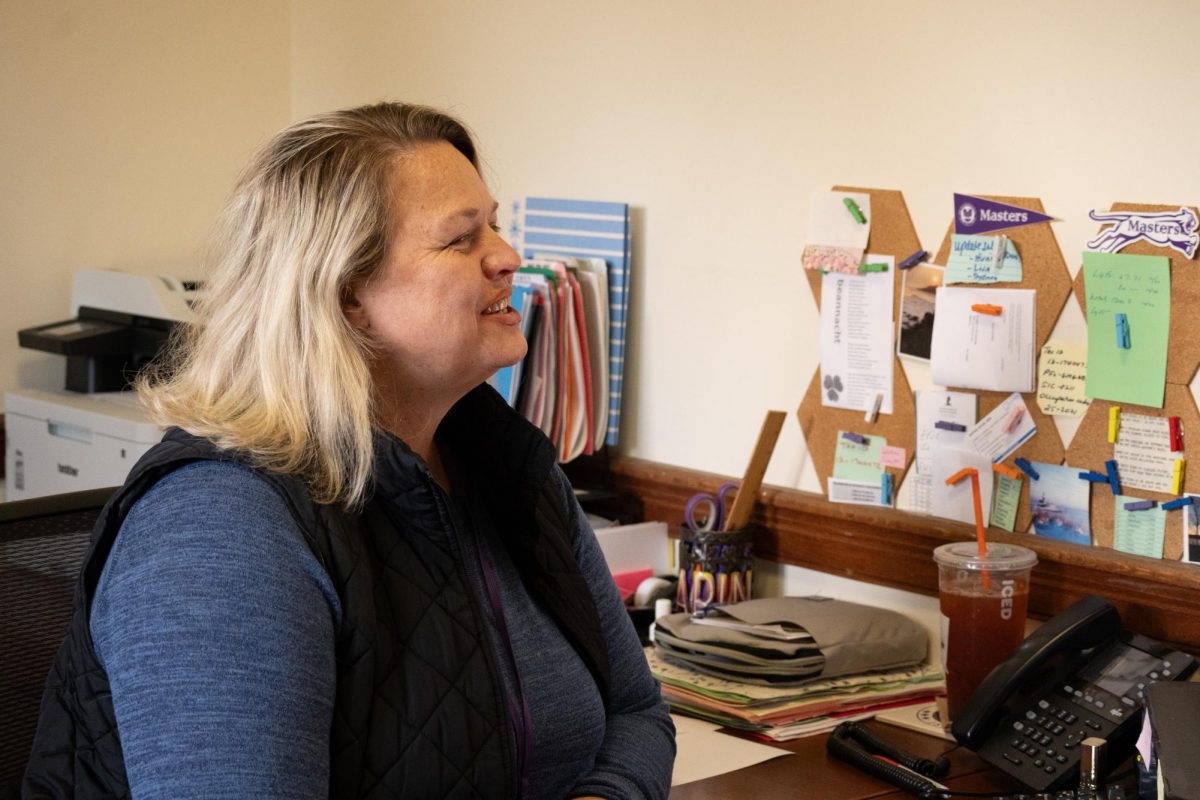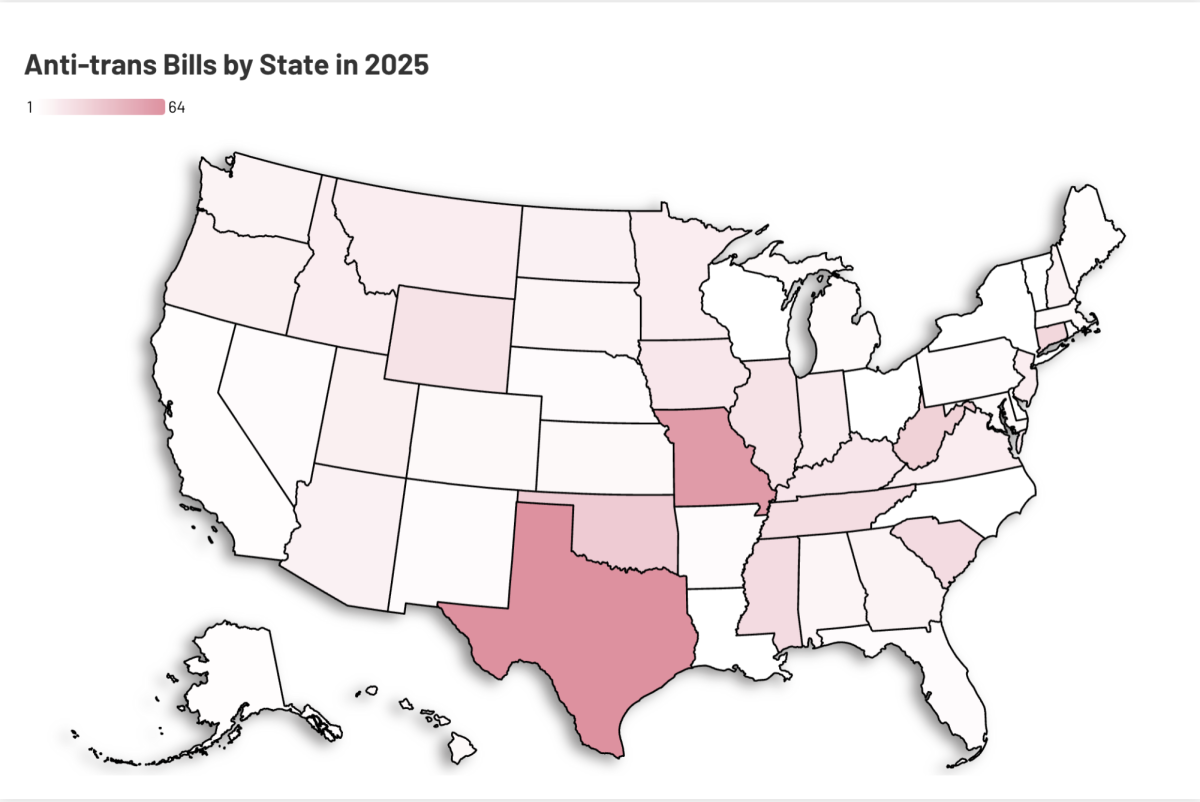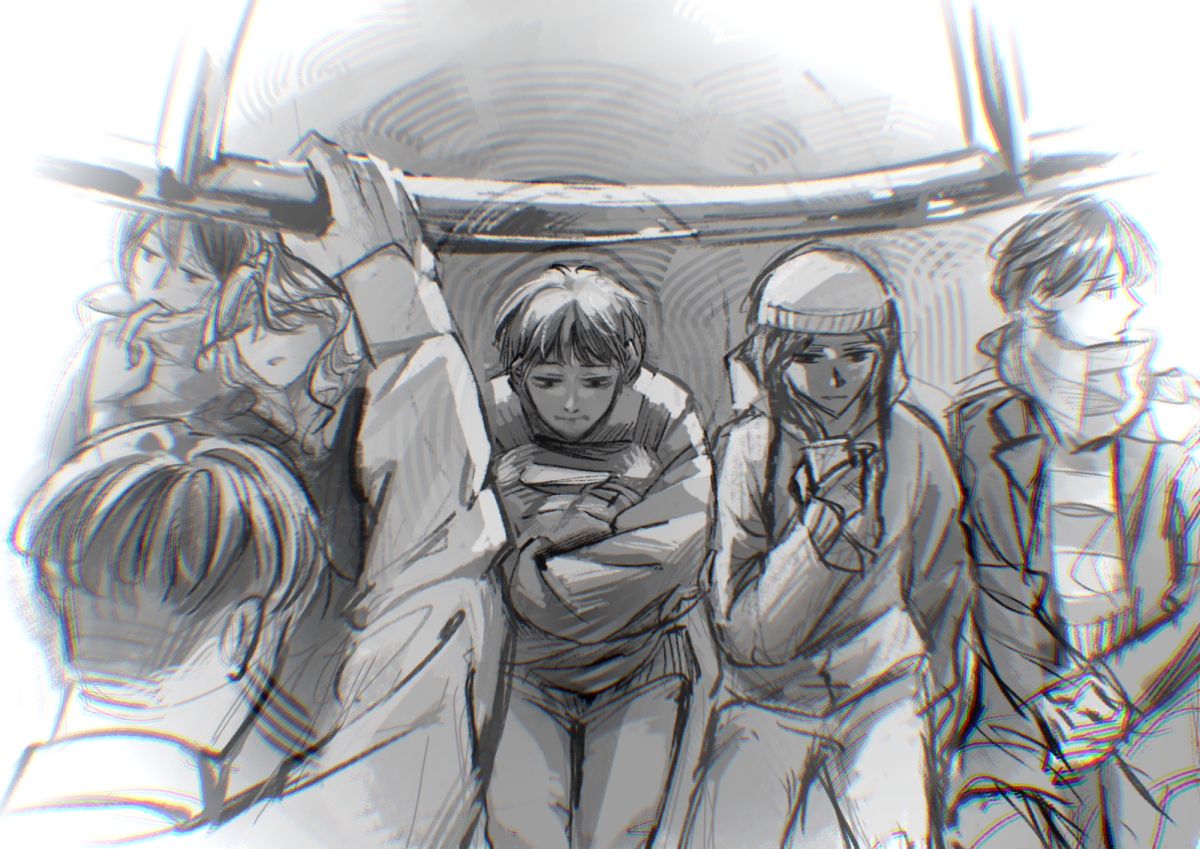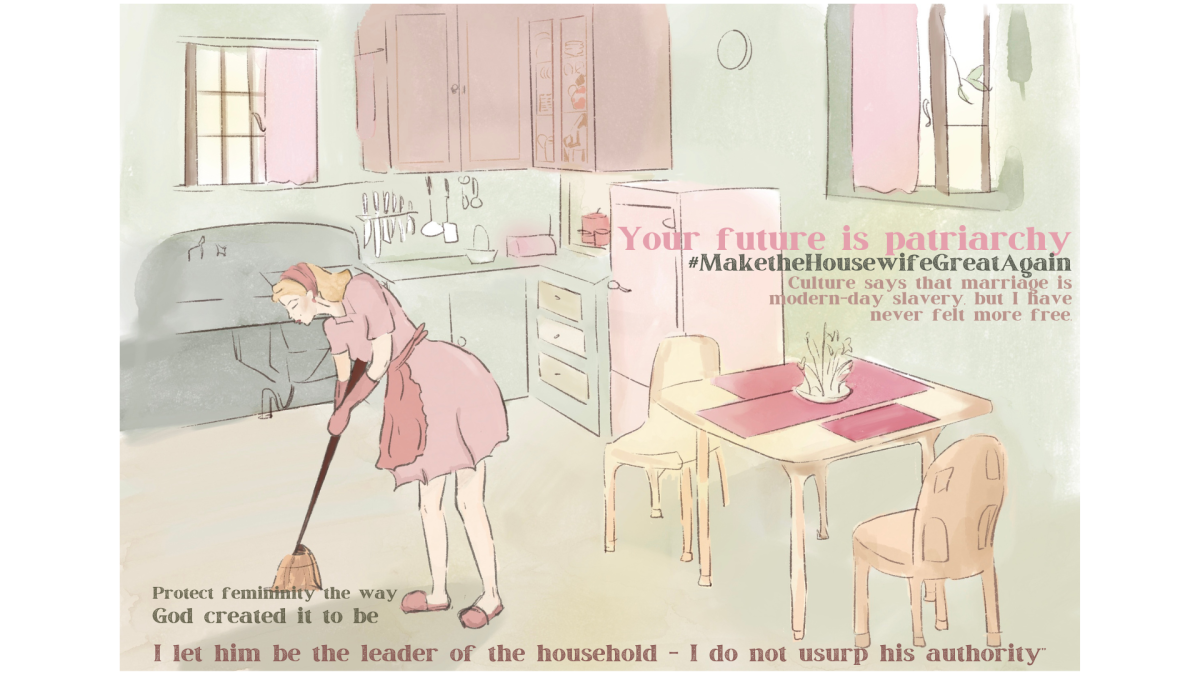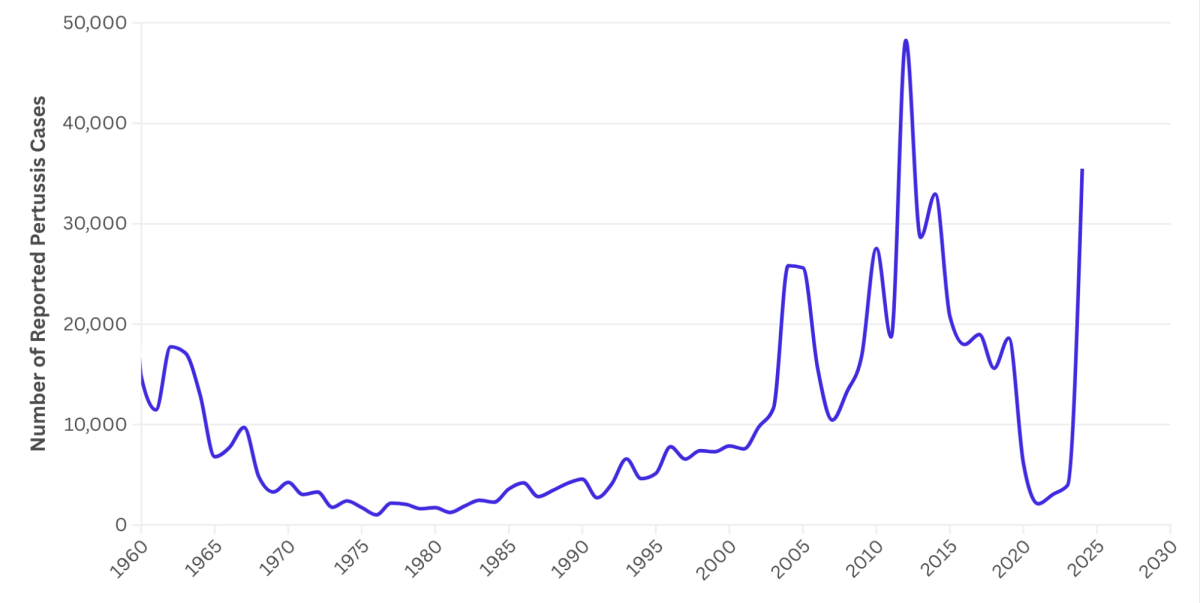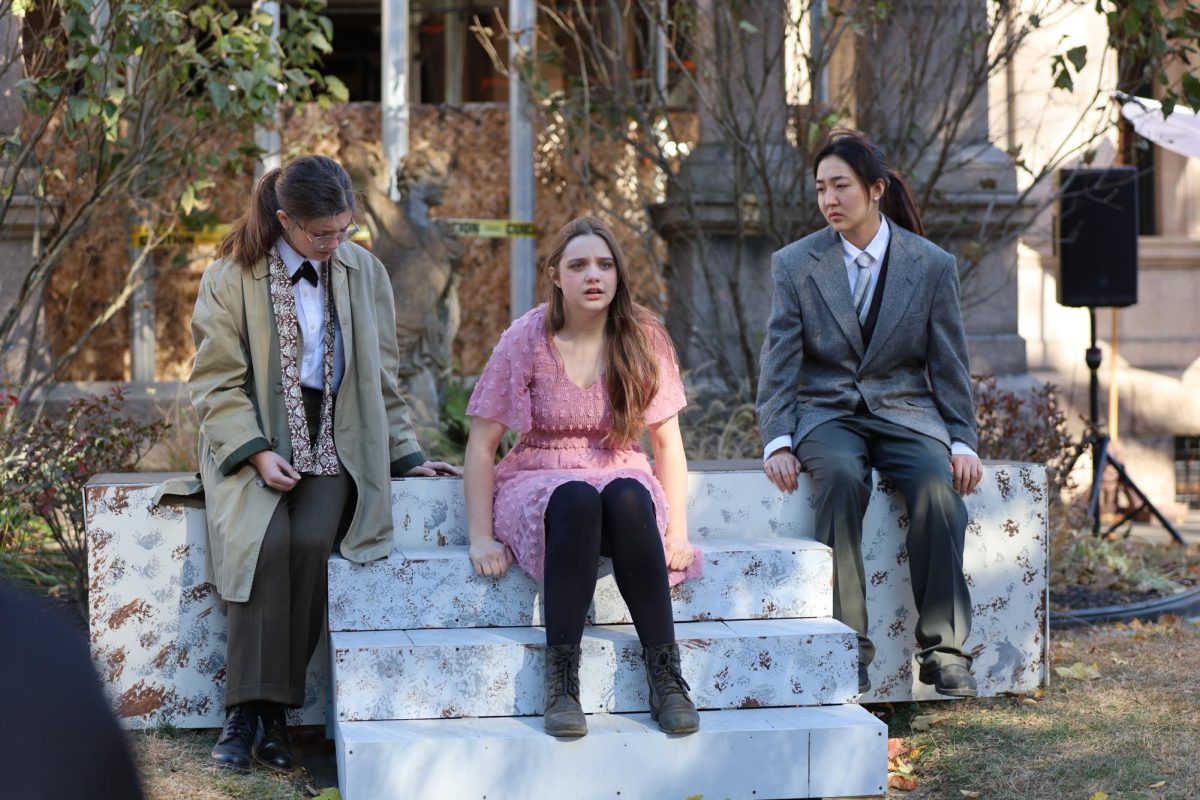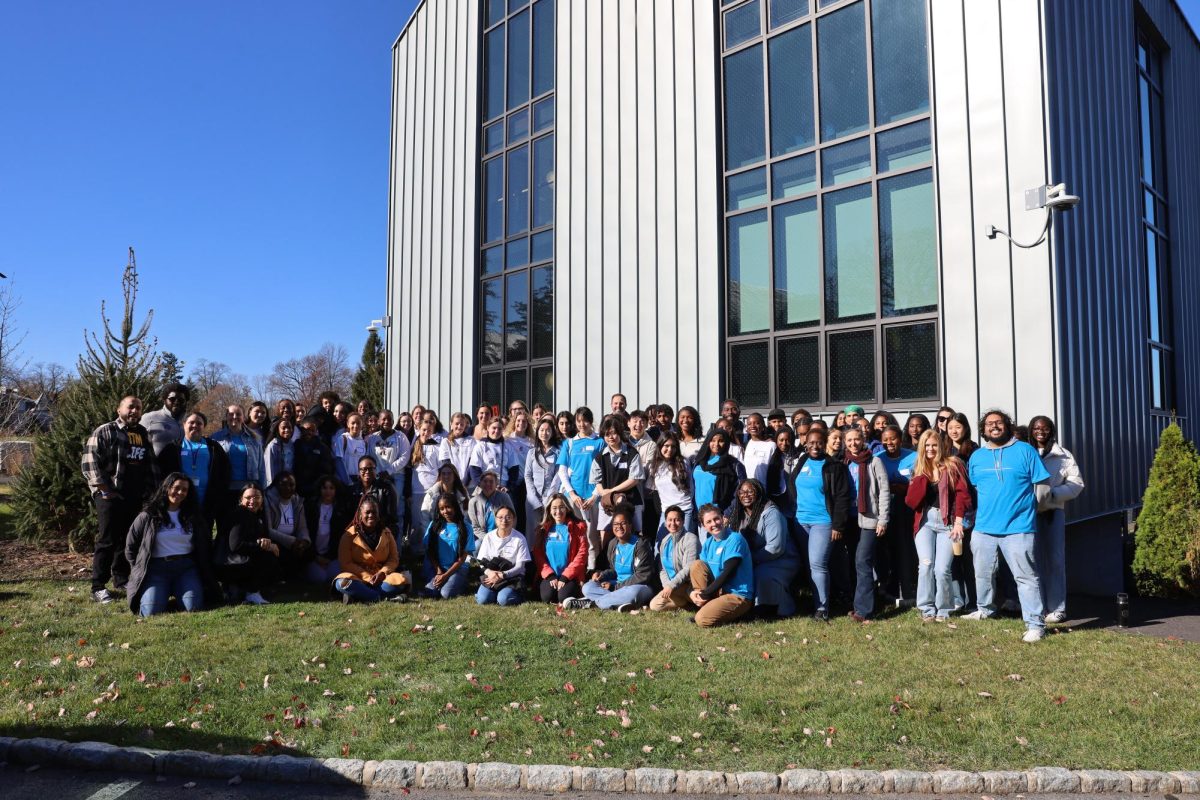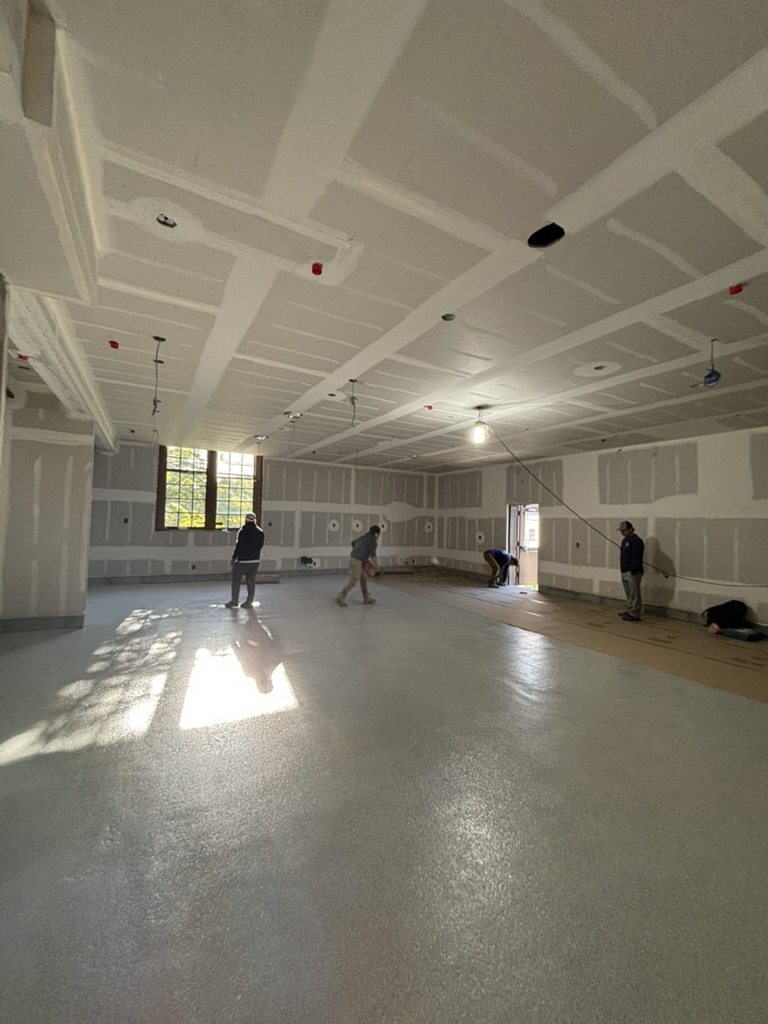Before the 24-25 school year, MISH had fallen into a lull for a few years but now it is making a big comeback. Versaci highlights student opinions, recent initiatives and the group’s future goals. Photo/Graphic by Siena Versaci
A mashup of chatter, hands and boxes encompass the downstairs level of the Dining Hall, with Masters Interested in Sharing and Helping, MISH, members flitting in and out through the door of the Center for Inclusive Excellence. Hundreds of cans and boxes encase aromas of cinnamon and nutmeg spice, while pairs of hands collide, trying to sort through the abundant cornucopia of collected food.
A Lack of Presence: Student Opinions
Strikingly, MISH members describe an entirely different setting and atmosphere during last year’s Thanksgiving. In the past few years, MISH, and its leadership and engagement on campus has gone through some ebbs and flows. MISH has experienced many changes, but never has experienced such a ebb in regards to its presence on the Masters campus.
Many students report that for a period, a lack of student leadership and hands-on activity, as well as a focus on Middle School engagement, has led Upper School Masters students to fall away from MISH.
Gideon Silkowski, a current junior and very active member of MISH,
said, “Up until January of last year [he] did not know that MISH existed whatsoever.” He said, “I only got introduced to it through the Winter Mission and from there, was thrust into the ranks.”
Before Marie Louise Miller, the new head of MISH, came onboard, Silkowski pointed out a “lack of communication” throughout the organization. He noticed a switch this year and he said he is very happy that MISH is having several morning meetings whereas, just a year ago, they were not nearly as frequent.
Silkowski said, “I’ve even heard from teachers, who have been here for ten plus years, about how they have seen MISH shift through the years. Since I’ve been at Masters, [perhaps indicate how long he’s been here in brackets here] MISH has not really been a presence and certainty not nearly as close to how it is now.” Silkowski said he believes that the MISH club is only just beginning.
Eileen Kang, a junior representative in MISH, said that last year she saw “a lot of MISH events but not a lot of input from the community”.
Sophomore at Masters and the Social Media Manager of MISH, Jack Sobolewski, pointed out that just last year MISH had fewer resources, fewer opportunities, and fewer connections. He said, “This year, the people who really wanted to be active in MISH have stepped up to help and rebuild the club.”
MISH: From Missionary Society to Community Service to Purposeful Engagement
Masters Interested in Sharing and Help, known as MISH, a co-curricular that has been prevalent on the Masters campus since its inception as the Missionary Society in 1877, is making strides to revamp.
Spearheaded by their new leader, Marie Louise Miller, the Associate Dean for Purposeful Engagement, MISH, a coalition of student leaders and MISH club members, hopes to incorporate more student involvement and stand by its new five pillars. These include service, community, volunteerism, action, and projects. According to Miller, through these actions, MISH will foster growth in individuals, and build a student body that is connected to the community through purposeful engagement.
Miller said, “MISH is the oldest student-run program on campus.” From its start, MISH was an integral part of being at Masters. She said, “If you were a Masters student, you were also a member of MISH.”
The Missionary Program, or what is now known as MISH, was originally intended to serve the Masters mission. She explained it was to help “educate young women with the purpose of being engaged in the greater community philanthropically. Social service and community service were integral to that kind of training and education.”
Through the years, the world evolved and thus Masters and its many clubs did as well. MISH became “the modern version of the Missionary Program” Miller said.
Reimagining MISH in an era of increasingly competitive demands on student time
Where MISH used to have a heavy presence on The Masters campus, in recent years it has faded from the forefront. Miller explained, “Where at its initiation, Missionary Program was a requirement for all students, nowadays MISH is an optional co-curricular.”
Miller attributes this pivot to the introduction of more sports and co-curricular opportunities. She notes that this is a “positive change for the school” and that the MISH club will need to find new ways to remain as an integral part of the community.
Taking steps to be more introspective about the club, MISH members saw the need for a shift. The MISH group is looking to change the problems of communication and involvement by re-envisioning MISH this year.
“As a part of envisioning MISH, we are taking a look at the idea of what purposeful engagement means and putting it into action,” Miller said. Through this, MISH has come up with five core pillars: service, community, volunteerism, action, and projects, in order to build the focus of social service. Further, they wish to continue this year’s goal for the program: food security.
MISH leaders agreed that they do not want to go about this in the typical fundraising fashion though. Instead, remodeling MISH involves putting a focus on purposeful engagement.
Silkowsk said, “Fundraising in itself is useful but it doesn’t have nearly the same impact as actually putting in time, making memories, and getting your hands dirty, because, at a certain point, that money will run out.”
He continued, “Instead, if you build a sentiment of purposeful engagement and take the time to help those who are less fortunate, not only does it support the Master’s ideals, but it also provides something that will last far longer than what a check can provide.”
November Thanksgiving Food Drive and other Community service Projects
Along with more student involvement, the MISH group wishes to connect itself with the greater Westchester community and more Masters clubs. The recent partnership with the DAA and the Middle School on the food drive is just one example. MISH participants hope to further expand its reach through collaborations.
Senior Cathy He, an executive student leader of MISH, shared that in remodeling MISH they will begin leaning into building sustainable, lasting connections with local service groups like Children’s Village as well as with other Masters clubs.
To build community, MISH is focusing this year on food security, “an issue that pertains to everyone”, said He. Specifically, she mentioned that the Thanksgiving Food drive, which incorporates “competition between Delta and Phi and stirs interest among the community”, will not just help others but also have “a mutual benefit”.
In teaching the Masters community more about where food actually comes from, and bringing light to an issue most students do not think about often, this year “the food drive will be more engaging to the community and develop a philanthropic attitude, said He.
Longtime Staff Perspective from Ed Gormley
Ed Gormley, the director of student activities, and transportation coordinator, has been a member of the Masters community for twenty-four years. He looked back at his memories of MISH, mentioning that since Covid, and until this year, it has been experiencing a lull. While “MISH stayed pretty strong for awhile”, he noted, “times have changed” and students are faced with juggling a myriad of clubs, co-curriculars, sports, and schoolwork, all while enduring the impending fears of college applications, making it harder to make time for this kind of purposeful engagement with the community.
With a new school year underway, Gormley noted, “MISH is already making more of a presence especially with the comeback of Midnight Run”, a tradition he said had fallen to the wayside in recent years. Midnight Run aims to bridge the gap between the homeless and the housed by providing over 1000 late night relief efforts per year to distribute food and necessities around New York City.
Gormley reminisced about the chance the class MISH project gave to those who were not directly involved with MISH to still be integrated. He looks forward to the promising future of MISH. He said, “I’ve seen the sparks start to build under it.”
Understanding Purposeful Engagement as a journey
Where past leaders of MISH experienced some pushback, Miller is making headway in terms of engagement and clarifying MISH’s purpose and values, Gormley said. He finished by saying that he is really glad to see that it is making a comeback.
Another point that Miller emphasizes is the “unique opportunity not given at many other schools” to “put yourself on the line to discover who you are” given by MISH. She sees that the experience that MISH provides can build one’s character noting that highschool is a formative time in which students are constantly trying to find themselves. Miller believes that MISH can help students learn about themselves since “it is when you put yourself out there to build a community that you discover who you are”.
Eileen Kang mentioned how important the role of purposeful engagement is for teenagers. She said, “We struggle a lot to find who we are and what our purpose is in the world and community service, asides from helping others, can help you learn more about yourself.”
She said she takes pride and passion in doing these types of projects. She also stated that as a performing arts student, she is able to incorporate her love of music into service through MISH and thereby expand on her interests.
Many other students, through MISH, have been able to learn and build themselves and community through their service in MISH.
Kang and Sobolewski are working to combine their artistry with community service by bringing Christmas music to communities around Westchester. Silkowski is working on a project highlighting the current events in Asheville North Carolina, MISH and the Dobbs Athletic Association collaborated on the Thanksgiving food drive, and Cathy He*[editorial note; we will continue to refer to her as Cathy He for clarity] worked in collaboration with the Crafty Space club to design the MISH logo. The executive members are also each in collaboration with one group to start new projects.
Looking ahead to build community
MISH looks forward to their Family Day of Service in April when many organizations will come on campus to share their work.
The work that MISH is doing to revamp itself is vital to the Masters mission. “Nowhere else on this campus do we have a better, more clear chance to be a power for good in the world,” Gormley said.
Student MISH members are also experiencing how MISH is guiding them to finding themselves. Cathy He originally went into service with the mindset of helping others, knowing that she wanted to “help the less privileged”, but through MISH, she said she realized that she could learn from those she was helping because “these people have unique contributions too”.
In a final point of reflection from Miller, she noted, “We don’t have a world unless people your age can reach out and build community with your own hands.”



